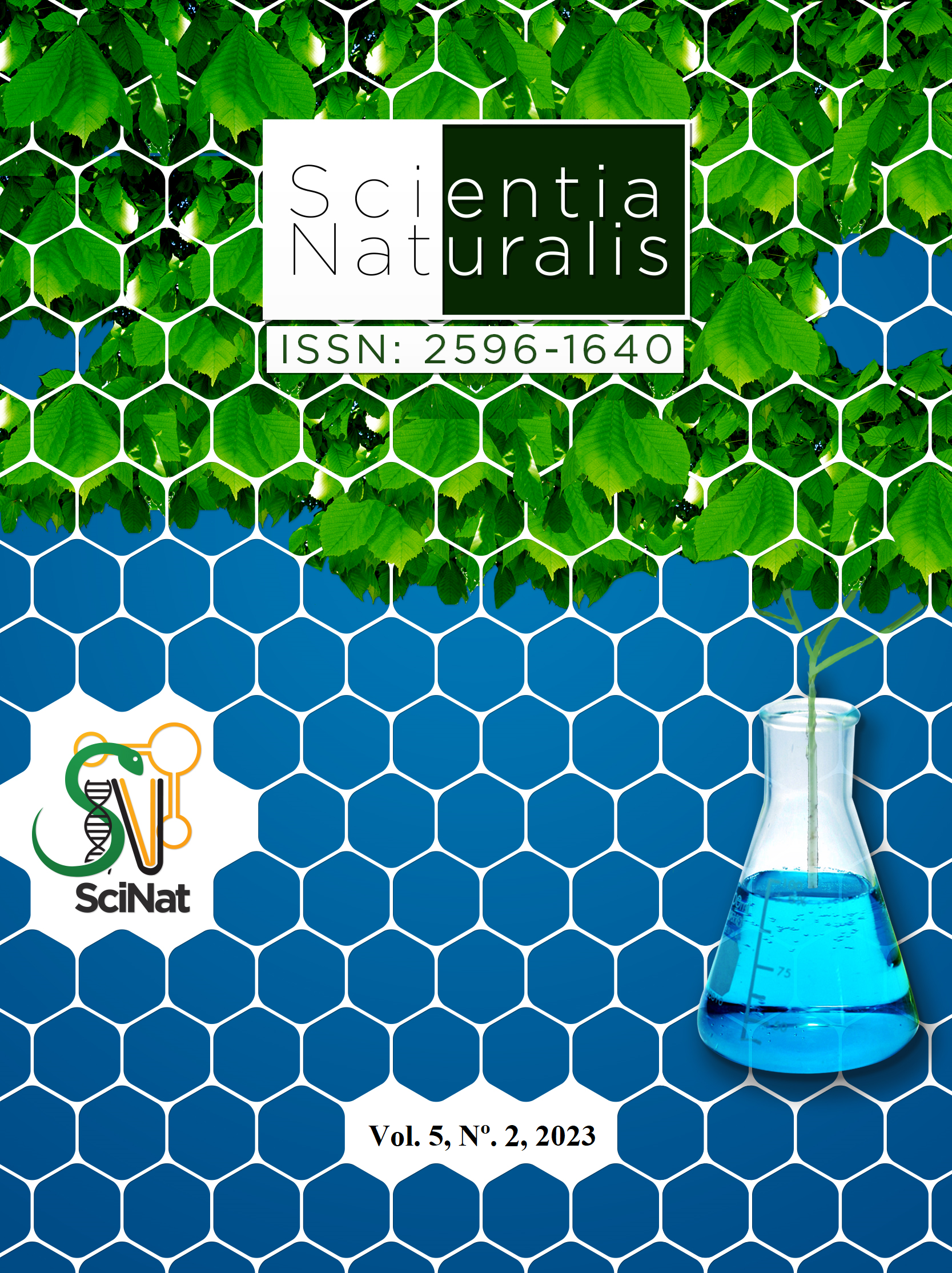Comparative analysis using Tenébrius molitor and Zophobas morio: degradation of different types of plastic
DOI:
https://doi.org/10.29327/269504.5.2-10Abstract
This work aimed to carry out a comparative analysis of the degradation caused in four types of plastic by the larvae of two beetle species, namely, Tenébrio molitor and Zophobas morio. As for the types of plastic, polyethylene terephthalate (PET), low density polyethylene (LDPE), expanded polystyrene (EPS) and polypropylene (PP) were used. To evaluate biodegradation, 10 larvae of Tenébrio molitor and Zophobas morio were placed in different pots containing a type of plastic (4 pots with Tenébrio molitor and 4 with Zophobas morio, and 4 pots containing each type of plastic and 10g of potato, as a source of moisture). Plastic samples and larvae were weighed weekly during the experimental period (7 weeks). These species helped in the decomposition process, especially in the case of EPS and LDPE without the presence of potatoes. For the species Zophobas morio, the EPS degradation rate was 21.75% and for the species Tenébrio molitor, it was 2.91%. As for the LPDE degradation rate, it was 0.15% using the Zophobas morio and 2.93% with the Tenébrio molitor species.




